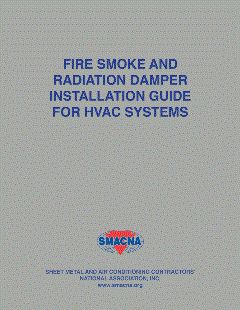The Stratosphere Tower, which opened in April 1996, is the tallest freestanding tower in the United States. Thrill seekers can take a wild ride on the High Roller, with its 865-ft track wrapped around the top of the pod, or the more adventuresome can experience the feeling of zero gravity on The Big Shot, which shoots 160 ft vertically above the pod. In addition to the main tower, the original plans for the property included a 24-story hotel tower expansion. The expansion project was put on hold in late 1996, but business has continued to be brisk. The hotel has hosted more than 12.5 million visitors in the last five years. In April 2000, construction resumed on the tower, and the expansion project will be completed in late 2001.
Estimated at $75 million, the plans include the 24-story hotel tower with 1,000 new guest rooms, 100 suites, a 67,000-sq-ft pool and a 300-seat coffee shop. INSTALLATION IN THE MAIN TOWER With the Stratosphere Tower's unique shape, space is scarce, especially in the 12-story pod, which houses a revolving restaurant, indoor and outdoor observation decks, a 220-seat lounge, retail space, three wedding chapels, meeting rooms and two "safe area" floors in case of an emergency.
Supplying hot water and hydronic heat for the hundreds of people who dine and sightsee at the tower was going to be a challenge. The engineering and mechanical teams responsible for the Stratosphere Tower's hvacr system worked within a hollow core that is 3-ft deep by 15-ft wide. "The decision to install the water heating at the top of the tower was based on cost and space limitations," said Kris Kalkowski, a design engineer with Dunham Associates. "There was simply not enough space in the inner sphere for the required supply and return piping." The drainage, chilled water, and domestic water systems were also installed in the sphere. The next question was how to fit the necessary water heater and boilers into the limited space out of the pod. Kalkowski investigated a number of possible products, but had to work within the Nevada State Boiler Code, which requires that boilers have a minimum 3-ft clearance for maintenance. The mechanical room's sloping walls made this difficult. Kalkowski met the design criteria for size, high-efficiency water heaters output, and venting, by specifying three Lochinvar Power-Fin® boilers and a Power-Fin water heater. "The size of the boilers made Lochinvar the logical choice for our limited space," commented Kalkowski. "The small footprint of the Power-Fin allowed us to fit four units in an extremely cramped space and still meet code."
The boilers supply the three million Btu/hr of heat necessary for the restaurant and lounge. The water heater, with the capacity to supply more than 1,000 gallons of hot water per hour, easily meets the system's hot water demands, says the company.
With the overall complex design of the hvacr system, the venting capabilities of the boilers also had to be considered. "The combination of Lochinvar's direct vent and intake worked well with the sloping exterior metal panels and provided minimal penetration," explained Kalkowski. "Conventional combustion air vent openings were not a workable option."
"The Lochinvar equipment has proven to be efficient and economical," said Rudy Orozco, who manages the maintenance of the hvacr components in the Central Plant at the Stratosphere. "The boilers and water heaters are trouble-free and reliable, which has reduced our overall maintenance costs. The boilers and water heater have more than met our expectations and they continue to make my job easier in maintaining the HVAC components of the hotel."
Publication date: 10/01/2001







